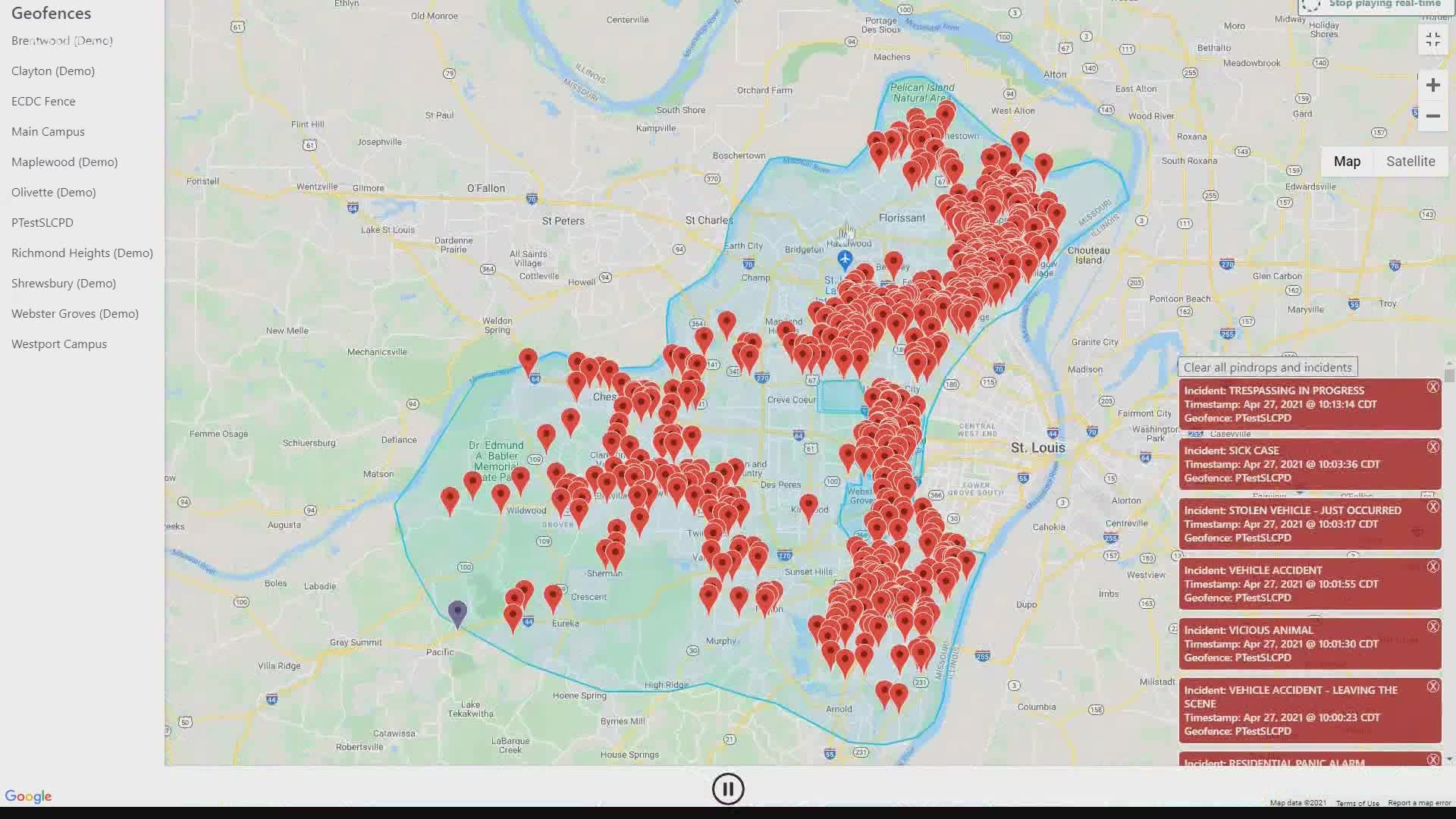ST. LOUIS COUNTY, Mo. — Paul Rauner calls them the first first responders.
They could be principals, administrators, teachers, custodians, and they are the ones who will be the first to respond if there’s an emergency at or near a school.
And yet, they may not know when an emergency is happening.
Now, Rauner’s company SirenGPS, has developed a program that allows school staff to get the same information police, fire and EMS personnel get as soon as a call comes in to a 911 center.
Businesses or other organizations who want the service have to pay for it, but it’s free for school districts.
“The first first responders are going to be someone who’s at the school, who can perform CPR or provide first aid to a gunshot wound or work to open the door for first responders or lock the doors for a lockdown and that's the kind of things that are sort of the first first responder actions, and they can't do it if they don't really know what's happening,” Rauner said. “The faster we can let them know what's happening, that's really what this platform is about.”
So far, the Parkway, Jennings, Lindbergh, Maplewood/Richmond Heights and Mehlville school districts have subscribed in St. Louis County. Others will soon join them.
Parkway started using the program in April, according to Robbie Winckel, the district’s Supervisor of Security. The district has about 33 buildings and covers about 64 square miles in St. Louis County – that’s about the size of the city of St. Louis.
“Where it’s really helpful is the robberies and burglaries and the stuff that happens not necessarily on our property, but within close proximity of our property,” Winckel said.
Winckel’s staff monitors a map that populates with a pin at every location a 911 call comes in.
He has tailored the system to only alert him and his staff to higher-level calls, so it does not flag EMS calls or dogs barking. It’s also color-coded to show whether a call has come from one of the district’s properties or just nearby.
And it doesn't give exact addresses, just the block.
In addition to the map, the system also sends emails and text messages to those district leaders selected to receive them.
“It allows us to really know what’s going on not only on our property, but around it, so if we have kids out at recess, if we are dismissing or it’s happening during arrival, we are able to implement our emergency protocols,” Winckel said.
On the last day of school this week, Winckel said a call about some wires down near a high school campus came in so they were able to keep students off the school buses until they got the all-clear.
Winckel said his staff used to rely on police scanners to let them know about a call like that, but most police departments encrypted their radio systems about five years ago.
So, for a while, schools had to rely on police departments to communicate information during emergencies.
“It was just kind of word-of-mouth, and we luckily have good partnerships with our local law enforcement agencies who would try to keep us in the loop if something happened. But with this system, that quick and easy notification and early notification is really critical,” he said.

